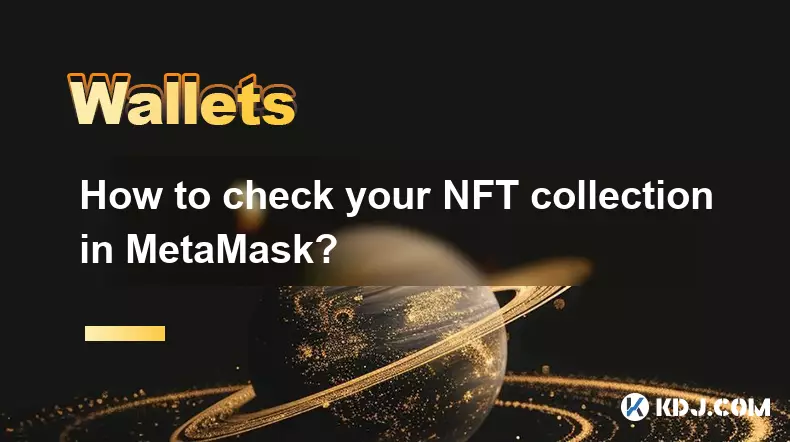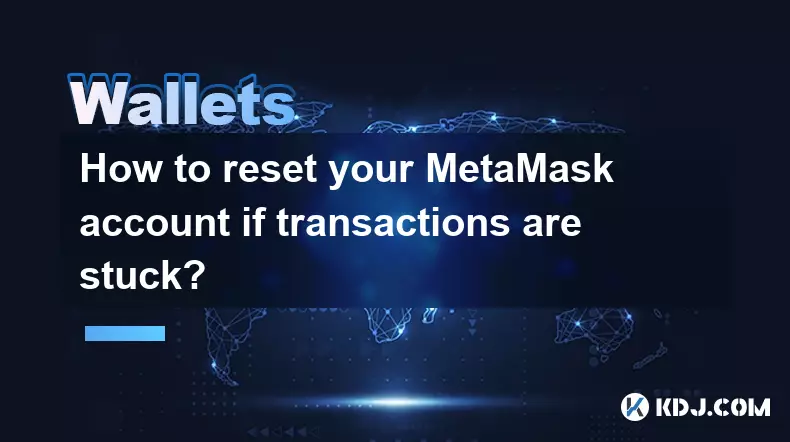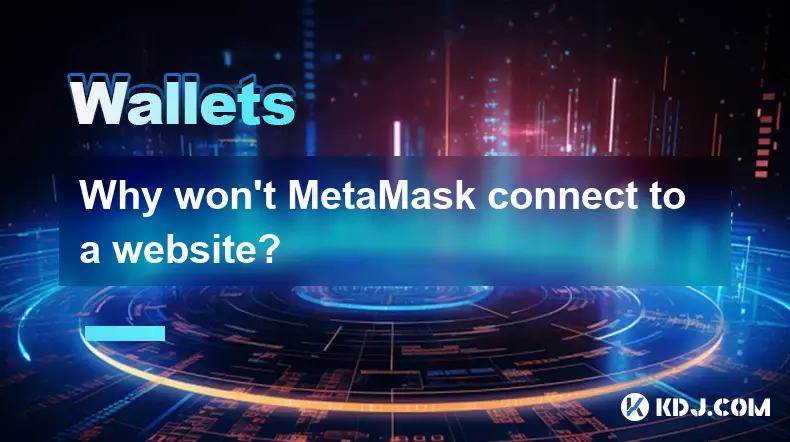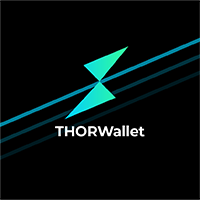-
 bitcoin
bitcoin $100977.009184 USD
-2.05% -
 ethereum
ethereum $3282.009150 USD
-3.23% -
 tether
tether $0.999813 USD
-0.02% -
 xrp
xrp $2.208254 USD
-4.89% -
 bnb
bnb $951.411089 USD
0.55% -
 solana
solana $155.761205 USD
-2.84% -
 usd-coin
usd-coin $1.000217 USD
0.02% -
 tron
tron $0.284475 USD
-1.28% -
 dogecoin
dogecoin $0.162363 USD
-1.53% -
 cardano
cardano $0.533988 USD
-0.47% -
 hyperliquid
hyperliquid $39.174339 USD
-3.22% -
 chainlink
chainlink $14.724828 USD
-1.16% -
 bitcoin-cash
bitcoin-cash $477.297986 USD
-1.28% -
 zcash
zcash $554.227426 USD
17.30% -
 ethena-usde
ethena-usde $0.998995 USD
-0.03%
How do I connect a hardware wallet to Coinbase Wallet?
Connect your Ledger or Trezor to Coinbase Wallet for enhanced security: keep private keys offline, manage assets, and interact with dApps safely.
Apr 25, 2025 at 07:35 pm

Connecting a hardware wallet to Coinbase Wallet is a straightforward process that enhances the security of your cryptocurrency assets. By using a hardware wallet, you can keep your private keys offline, reducing the risk of hacking and theft. In this article, we will guide you through the detailed steps to connect popular hardware wallets such as Ledger and Trezor to your Coinbase Wallet.
Understanding Hardware Wallets and Coinbase Wallet
Before we dive into the connection process, it's essential to understand what hardware wallets and Coinbase Wallet are. Hardware wallets are physical devices that store your private keys offline, ensuring that your cryptocurrencies are secure even if your computer or smartphone is compromised. Popular hardware wallets include Ledger and Trezor. Coinbase Wallet, on the other hand, is a mobile app that allows you to manage your cryptocurrencies and interact with decentralized applications (dApps). By connecting a hardware wallet to Coinbase Wallet, you can enjoy the convenience of managing your assets while maintaining the highest level of security.
Preparing Your Hardware Wallet
Before you can connect your hardware wallet to Coinbase Wallet, you need to ensure that your device is set up and ready to use. Here are the steps to prepare your hardware wallet:
- For Ledger Nano S/X:
- Ensure your Ledger device is updated to the latest firmware.
- Open the Ledger Live app on your computer and connect your Ledger device.
- Navigate to the 'Manager' section and install the Ethereum app on your Ledger device.
- Once the Ethereum app is installed, open it on your Ledger device.
- For Trezor Model T/One:
- Ensure your Trezor device is updated to the latest firmware.
- Open the Trezor Suite app on your computer and connect your Trezor device.
- Navigate to the 'Portfolio' section and add the Ethereum account to your Trezor device.
- Once the Ethereum account is added, your Trezor device is ready.
Connecting Ledger to Coinbase Wallet
To connect your Ledger hardware wallet to Coinbase Wallet, follow these detailed steps:
- Open the Coinbase Wallet app on your mobile device.
- Tap on the 'Settings' icon in the top right corner of the screen.
- Scroll down and tap on 'Connect Hardware Wallet.'
- Select 'Ledger' from the list of available hardware wallets.
- Your mobile device will prompt you to scan a QR code. On your Ledger device, navigate to the Ethereum app and press both buttons simultaneously to display the QR code.
- Use your mobile device to scan the QR code displayed on your Ledger device.
- Once the QR code is scanned, Coinbase Wallet will prompt you to confirm the connection on your Ledger device. Press both buttons on your Ledger device to approve the connection.
- After the connection is established, you will see your Ledger wallet address displayed in the Coinbase Wallet app.
Connecting Trezor to Coinbase Wallet
To connect your Trezor hardware wallet to Coinbase Wallet, follow these detailed steps:
- Open the Coinbase Wallet app on your mobile device.
- Tap on the 'Settings' icon in the top right corner of the screen.
- Scroll down and tap on 'Connect Hardware Wallet.'
- Select 'Trezor' from the list of available hardware wallets.
- Your mobile device will prompt you to scan a QR code. On your Trezor device, navigate to the Ethereum account and press the button to display the QR code.
- Use your mobile device to scan the QR code displayed on your Trezor device.
- Once the QR code is scanned, Coinbase Wallet will prompt you to confirm the connection on your Trezor device. Press the button on your Trezor device to approve the connection.
- After the connection is established, you will see your Trezor wallet address displayed in the Coinbase Wallet app.
Managing Your Assets with Coinbase Wallet and Hardware Wallet
Once your hardware wallet is connected to Coinbase Wallet, you can manage your assets securely. Here are some key features and functionalities you can use:
- Sending and Receiving Cryptocurrencies: You can send and receive cryptocurrencies directly from your hardware wallet using the Coinbase Wallet app. To send cryptocurrencies, tap on the 'Send' button, enter the recipient's address and the amount, and confirm the transaction on your hardware wallet. To receive cryptocurrencies, tap on the 'Receive' button, and the Coinbase Wallet app will display your hardware wallet address.
- Interacting with dApps: With your hardware wallet connected, you can securely interact with decentralized applications (dApps) through the Coinbase Wallet app. When you need to sign a transaction or interact with a dApp, Coinbase Wallet will prompt you to confirm the action on your hardware wallet.
- Viewing Your Portfolio: The Coinbase Wallet app will display your hardware wallet's balance and transaction history, allowing you to keep track of your assets in one place.
Troubleshooting Common Issues
While connecting a hardware wallet to Coinbase Wallet is generally straightforward, you may encounter some common issues. Here are some troubleshooting tips:
- Connection Failure: If the connection fails, ensure that your hardware wallet is properly set up and that the correct app (Ethereum for Ledger, Ethereum account for Trezor) is open on your device. Also, make sure your mobile device's camera is functioning correctly to scan the QR code.
- Transaction Confirmation Issues: If you encounter issues confirming transactions on your hardware wallet, ensure that your device is not in a locked state and that you are pressing the correct buttons to approve the transaction.
- App Compatibility: Ensure that you are using the latest version of the Coinbase Wallet app and that your hardware wallet's firmware is up to date. Incompatibility between app versions and firmware can cause connection issues.
Frequently Asked Questions
Q: Can I connect multiple hardware wallets to Coinbase Wallet?A: Yes, you can connect multiple hardware wallets to Coinbase Wallet. Simply follow the connection process for each hardware wallet you want to add.
Q: Is it safe to use Coinbase Wallet with a hardware wallet?A: Yes, using Coinbase Wallet with a hardware wallet is considered safe. The hardware wallet keeps your private keys offline, and Coinbase Wallet acts as a secure interface to manage your assets.
Q: Can I use my hardware wallet with other cryptocurrency apps besides Coinbase Wallet?A: Yes, most hardware wallets are compatible with multiple cryptocurrency apps and wallets. You can use your hardware wallet with other apps that support hardware wallet integration.
Q: What should I do if I lose my hardware wallet?A: If you lose your hardware wallet, you can recover your assets using the recovery seed phrase provided when you initially set up your device. Keep your recovery seed phrase in a secure location, as it is the only way to regain access to your funds.
Disclaimer:info@kdj.com
The information provided is not trading advice. kdj.com does not assume any responsibility for any investments made based on the information provided in this article. Cryptocurrencies are highly volatile and it is highly recommended that you invest with caution after thorough research!
If you believe that the content used on this website infringes your copyright, please contact us immediately (info@kdj.com) and we will delete it promptly.
- BlockDAG, Avalanche, Dogecoin: Crypto's Leading Trio in 2025
- 2025-11-07 22:05:01
- Layer 2 Coins: Will There Be a Potential Explosion by 2026?
- 2025-11-07 16:50:02
- Filecoin, ICP, and the AI Infrastructure Renaissance: Is History Repeating?
- 2025-11-07 16:50:02
- Bitcoin's Wild Ride: Surges, Zeros, and the Search for Stability
- 2025-11-07 17:05:01
- XRP, Bitcoin, and the Rally: What's the Deal, New York?
- 2025-11-07 17:25:01
- Filecoin, DePIN, and a Technical Breakout: What's the Buzz?
- 2025-11-07 17:05:01
Related knowledge

How to check your NFT collection in MetaMask?
Nov 06,2025 at 08:20pm
Accessing Your NFTs in MetaMask Wallet1. Open the MetaMask browser extension or mobile app and ensure you are logged into your wallet account. Once in...

Why is the MetaMask swap feature failing?
Nov 06,2025 at 09:20pm
Understanding MetaMask Swap FailuresMetaMask, one of the most widely used cryptocurrency wallets, enables users to swap tokens directly within the int...

How to import an account into MetaMask using a private key?
Nov 07,2025 at 07:40am
Importing an Account into MetaMask with a Private KeyMetaMask is one of the most widely used cryptocurrency wallets, particularly within decentralized...

What to do if my MetaMask wallet was compromised?
Nov 06,2025 at 04:59pm
Immediate Steps to Take After a Compromised MetaMask Wallet1. Disconnect your device from any phishing websites immediately. If you clicked on a suspi...

How to reset your MetaMask account if transactions are stuck?
Nov 06,2025 at 05:39pm
Understanding the MetaMask Account Reset Process1. When transactions appear stuck in MetaMask, users often consider resetting their account to resolve...

Why won't MetaMask connect to a website?
Nov 07,2025 at 06:40am
Common Reasons MetaMask Fails to Connect to Websites1. The browser extension is not properly installed or activated. Users may think MetaMask is ready...

How to check your NFT collection in MetaMask?
Nov 06,2025 at 08:20pm
Accessing Your NFTs in MetaMask Wallet1. Open the MetaMask browser extension or mobile app and ensure you are logged into your wallet account. Once in...

Why is the MetaMask swap feature failing?
Nov 06,2025 at 09:20pm
Understanding MetaMask Swap FailuresMetaMask, one of the most widely used cryptocurrency wallets, enables users to swap tokens directly within the int...

How to import an account into MetaMask using a private key?
Nov 07,2025 at 07:40am
Importing an Account into MetaMask with a Private KeyMetaMask is one of the most widely used cryptocurrency wallets, particularly within decentralized...

What to do if my MetaMask wallet was compromised?
Nov 06,2025 at 04:59pm
Immediate Steps to Take After a Compromised MetaMask Wallet1. Disconnect your device from any phishing websites immediately. If you clicked on a suspi...

How to reset your MetaMask account if transactions are stuck?
Nov 06,2025 at 05:39pm
Understanding the MetaMask Account Reset Process1. When transactions appear stuck in MetaMask, users often consider resetting their account to resolve...

Why won't MetaMask connect to a website?
Nov 07,2025 at 06:40am
Common Reasons MetaMask Fails to Connect to Websites1. The browser extension is not properly installed or activated. Users may think MetaMask is ready...
See all articles





















![The Graph Price Prediction [GRT Crypto Price News Today] The Graph Price Prediction [GRT Crypto Price News Today]](/uploads/2025/11/07/cryptocurrencies-news/videos/690d4df44fe69_image_500_375.webp)




















































